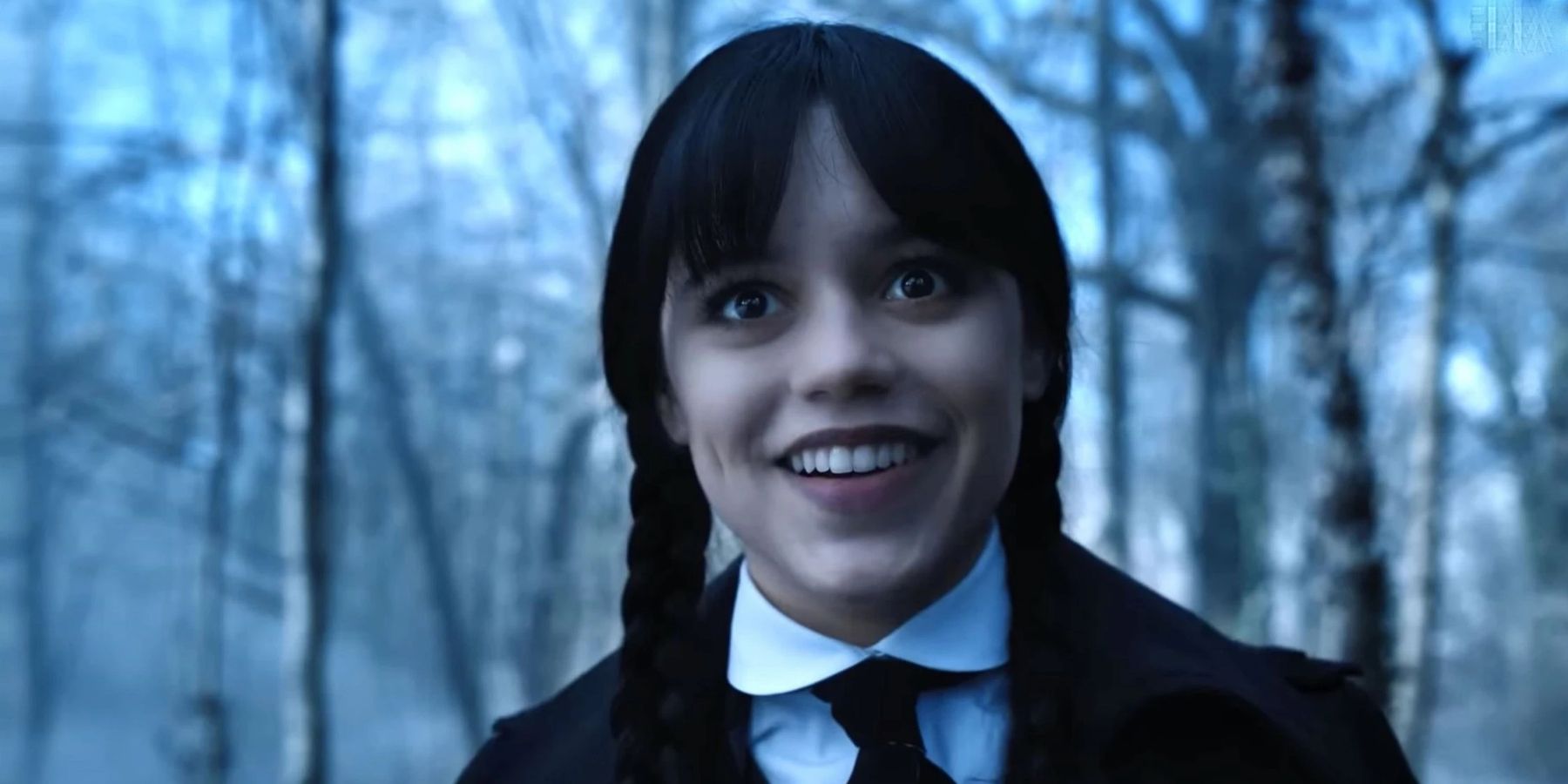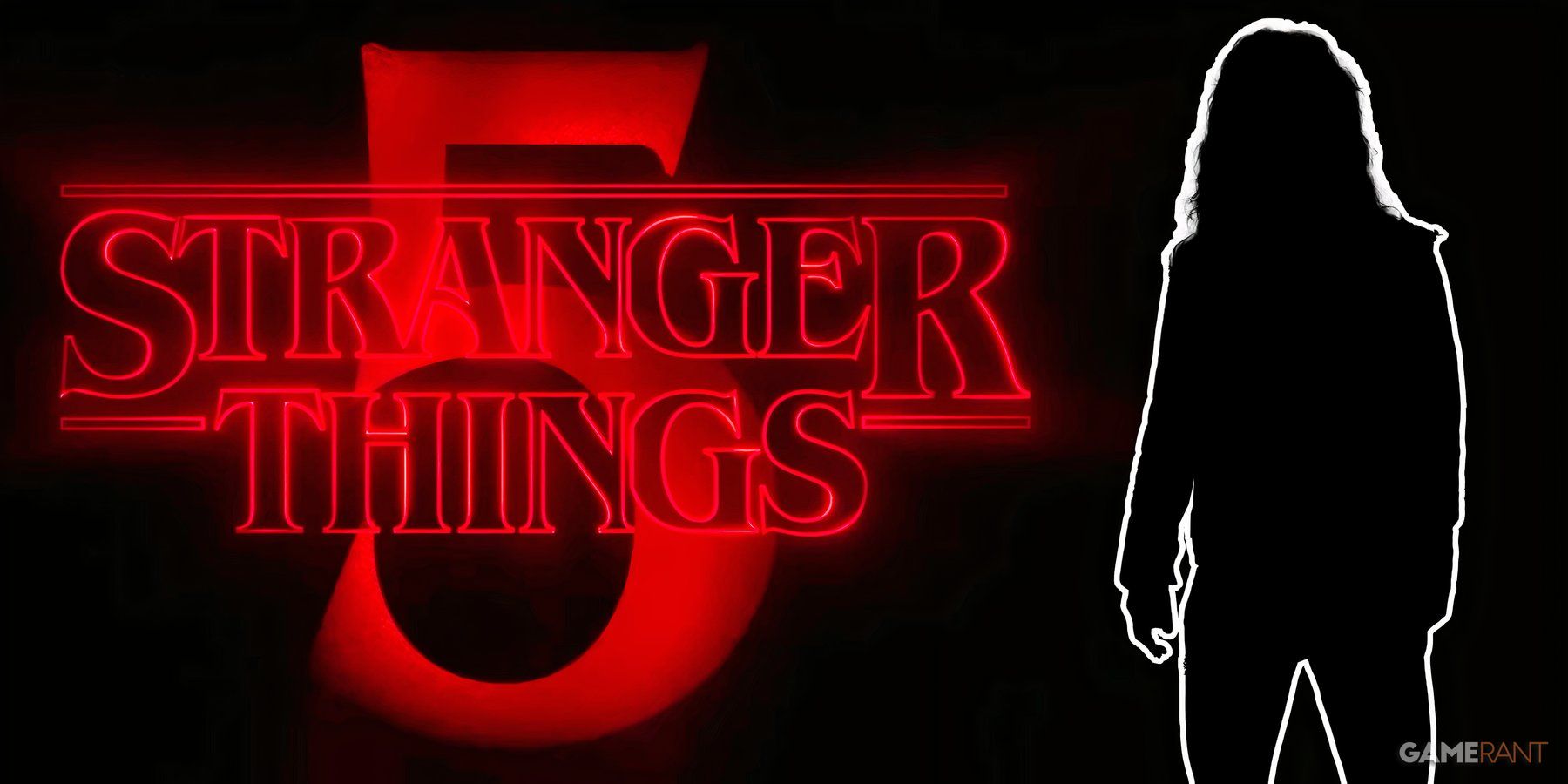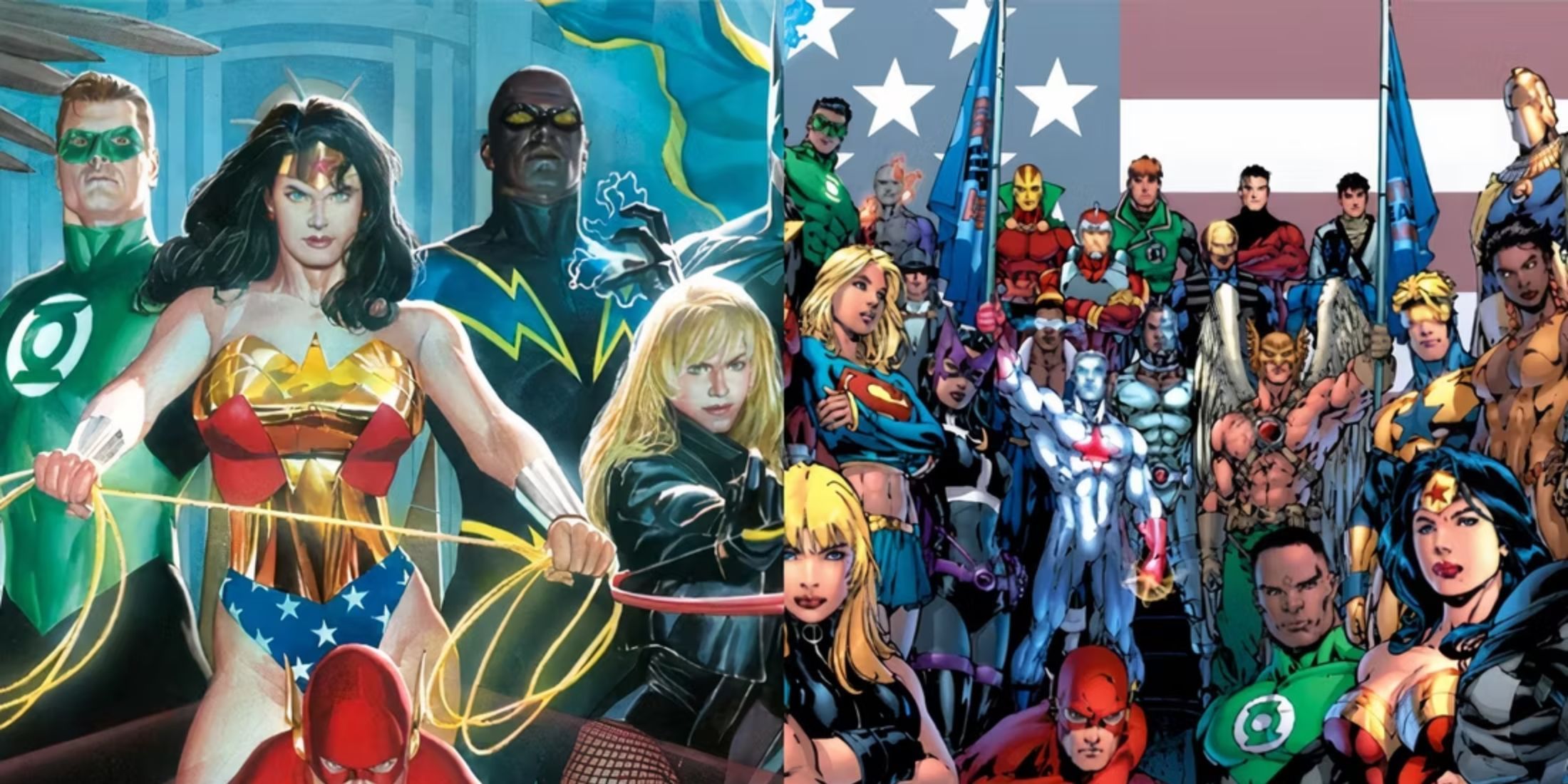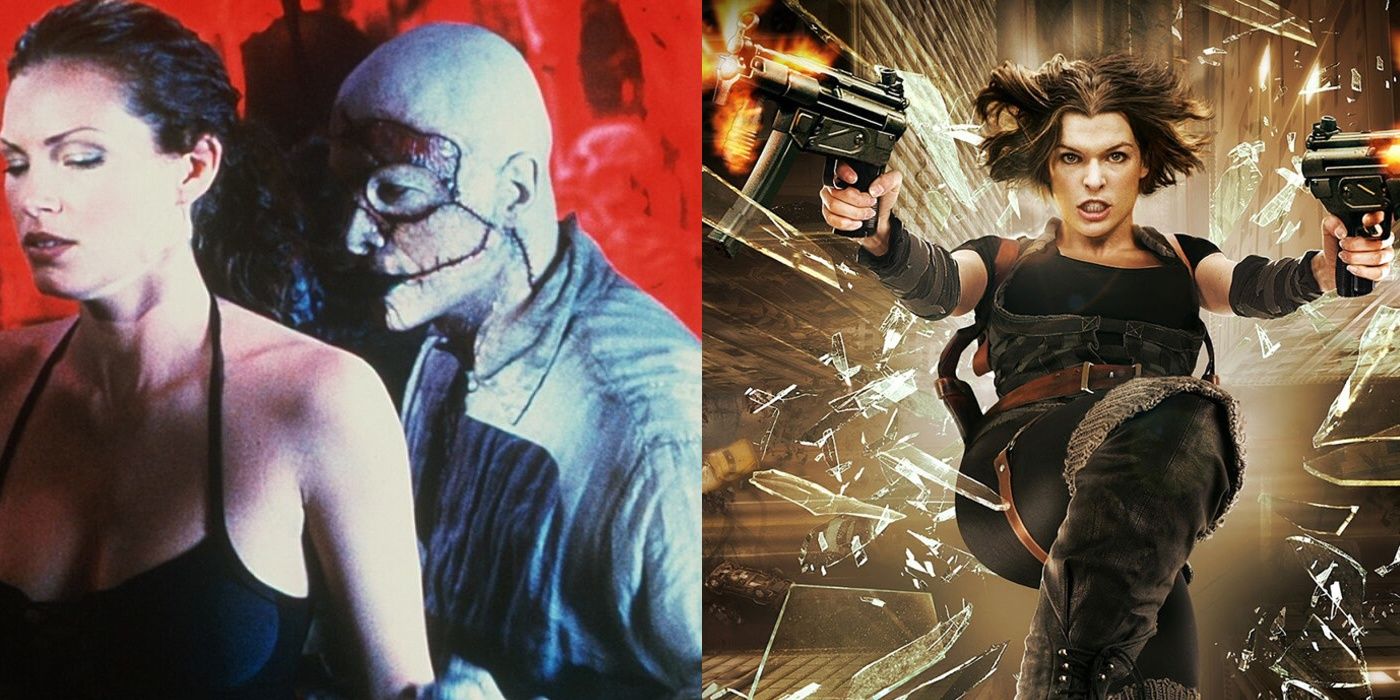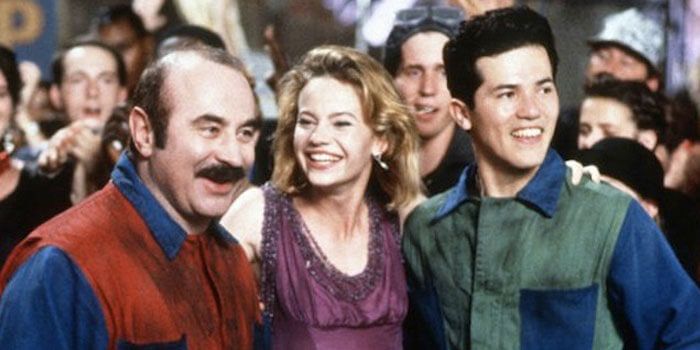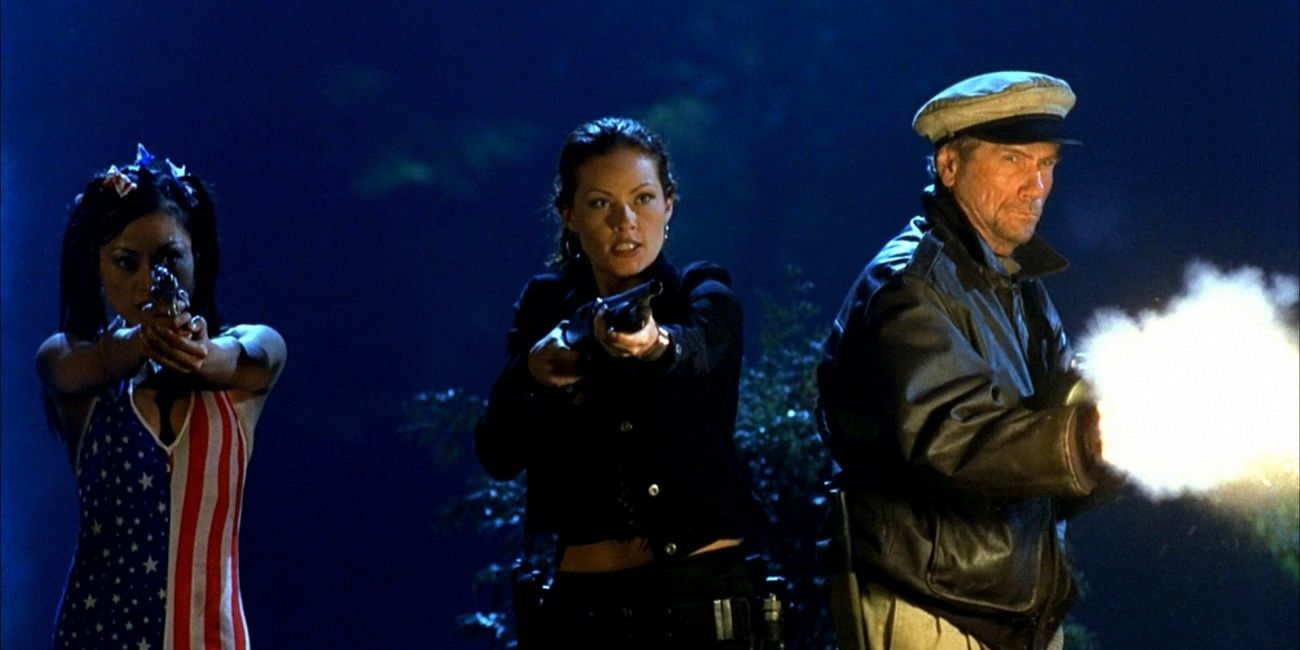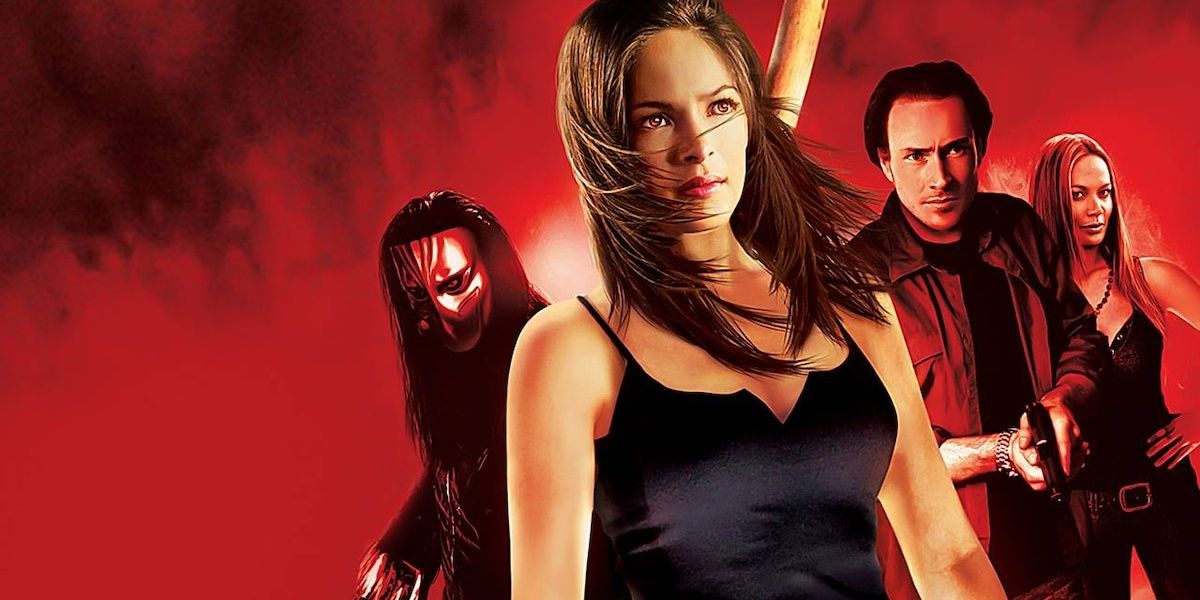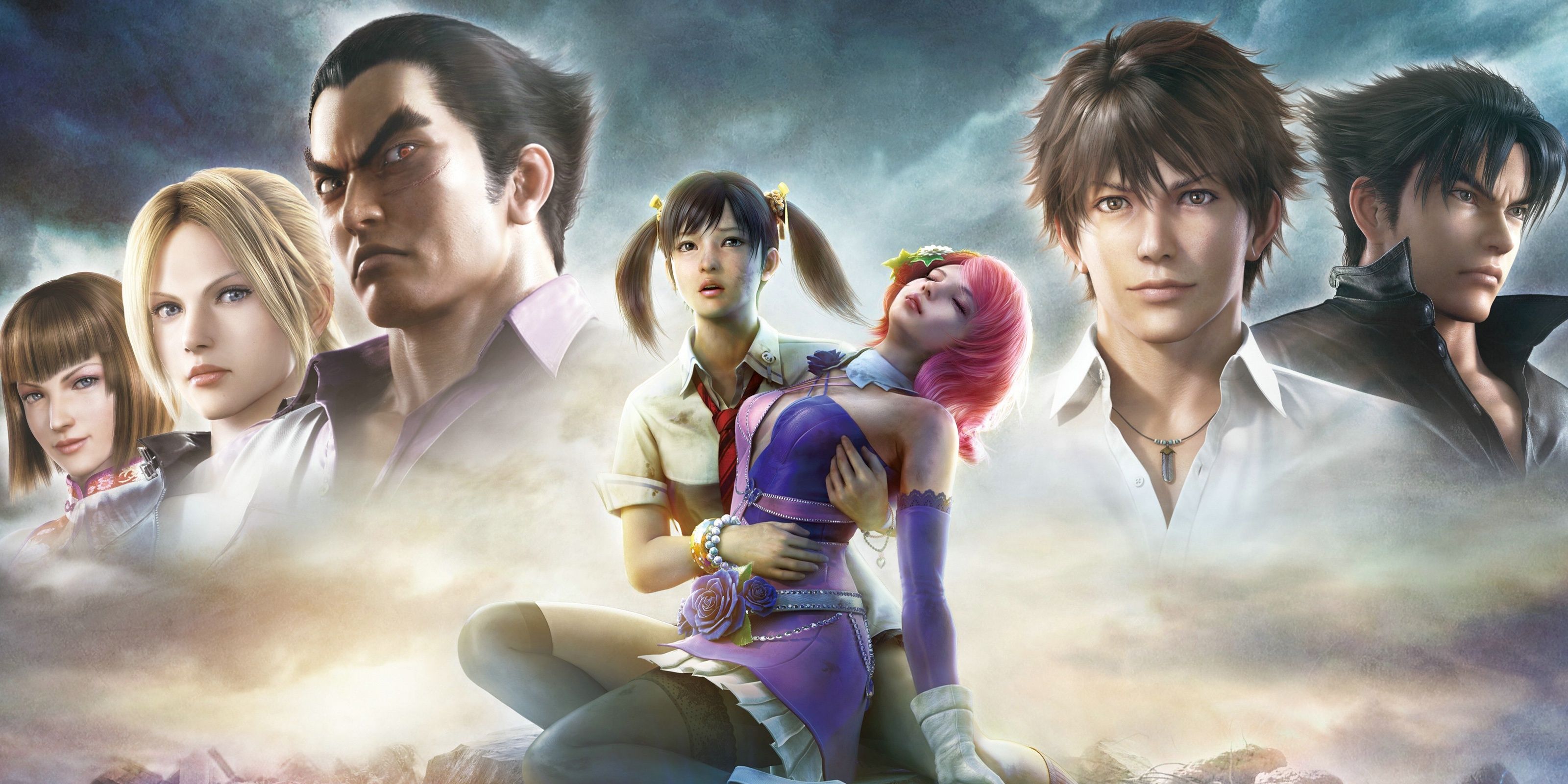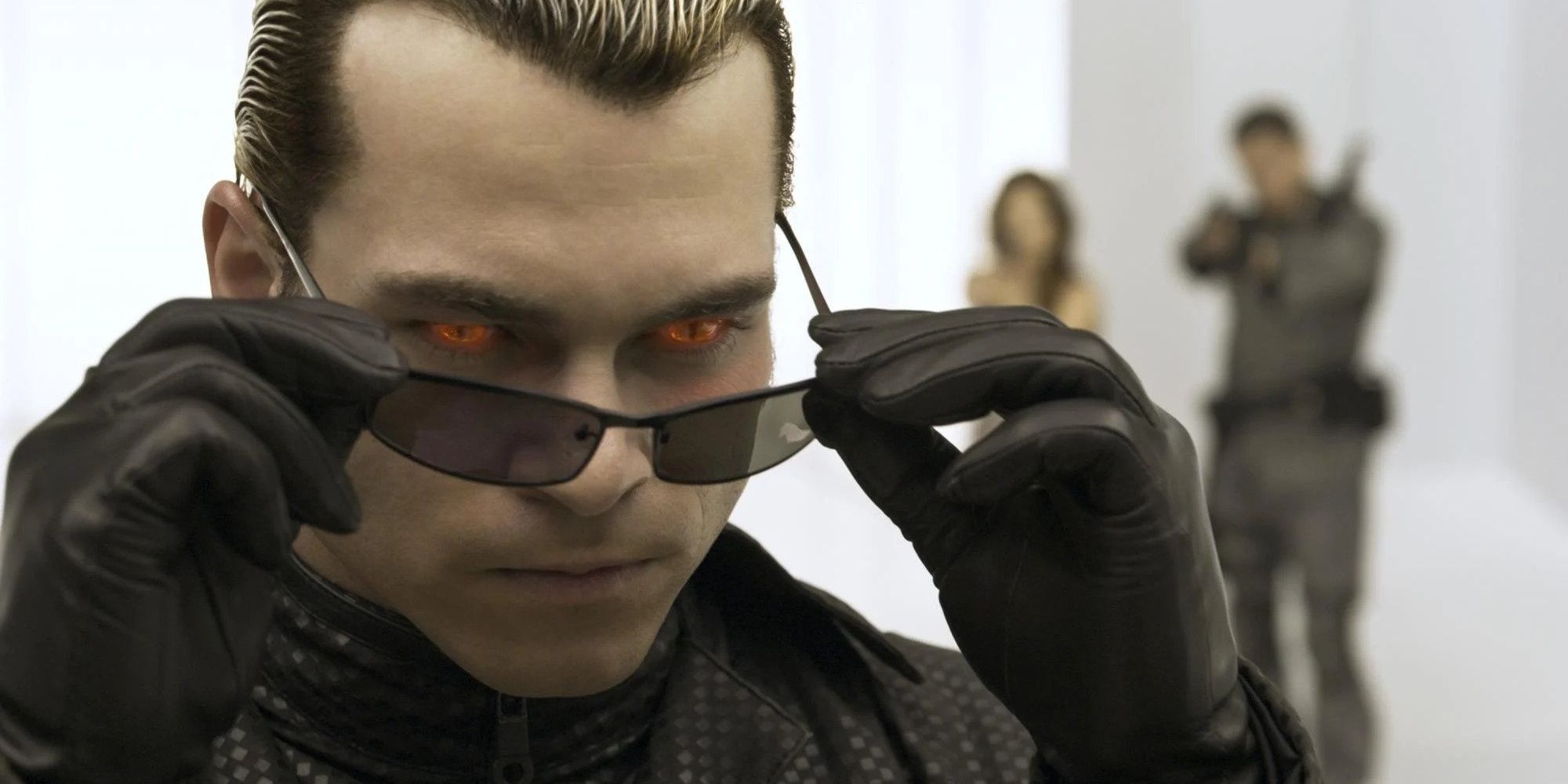Since the medium of film is so much older than the medium of video games, adapting the newer material to fit the old has had something of a learning curve. In the modern day, a video game adaptation can be good or bad, but it took a lot of button-mashing before filmmakers learned the motions.
Creators have only been making movies out of video games since 1993, the concept hasn't even celebrated its thirtieth anniversary. Most of that time was spent with hugely negative expectations from an audience rendered cynical by constant bad examples. Maybe studios and filmmakers had to get some bad habits out of their system before they could create something great.
Costumes Don't Make the Character
The first American video game movie was the 1993 classic Super Mario Bros. Viewers are divided on the overall quality of the piece. It was despised upon its initial release, but it's seen as something of a cult classic today. Whatever its merits, the film has almost nothing to do with the beloved game franchise that it claims as source material. Bob Hoskins and John Leguizamo are certainly dressed similarly to Mario and Luigi, for the most part, but the weird cyberpunk future adventure doesn't make them feel at home.
This issue goes far beyond the first example. Tons of old video game movies go awry by just making an unrelated film and dressing the lead actors up in semi-appropriate cosplay. The utterly forgotten 2008 Max Payne adaptation starring Mark Wahlberg is almost comically out of place in its own franchise. It occasionally sneaks in one or two scenes that feel appropriate, often out of order, but the plot gets hung up on supernatural nonsense and winds up a complete mess. These films feel like butchered attempts at sequels, rather than on-screen adaptations.
Don't Put Actual Gameplay in the Film
Frankly, anything Uwe Boll put into his movies can be safely assumed to be poisonous, but this was a unique circumstance. House of the Dead was Boll's first video game adaptation and the first of his films to make it to theatrical release. It is, like every video game movie Boll dared put his name on, an abysmal experience. Its only value is as an object of mockery. It did, however, pioneer a technique that it also swiftly killed off.
House of the Dead is perhaps the only video game movie ever made to include actual gameplay of the source material in the film. It's often a quick-cut scene transition or a jarring pop-up in an action scene, but it's there. Imagine filmmakers finding it impossible to link their unrelated schlock to the license they've been handed and resorting to simply cutting game footage into the final release. Thankfully, Uwe Boll ensured that fans don't have to imagine.
Borrow From Other Films Wisely
Street Fighter: The Legend of Chun-Li is, astoundingly, a movie based on Street Fighter and a shameless rip-off of Michael Bay's Transformers. Everything from the editing to the writing, to the cinematography, feels lifted from the widely despised, yet immensely profitable franchise. The two IPs are not compatible, so the film turns into a complete mess. Not only is it a naked attempt to cash in on a franchise the studio evidently did not know what to do with, but it's also a wild misunderstanding of what people like about the material.
The issue is drawn into sharp focus when The Legend of Chun-Li gets weirdly deep into Street Fighter lore. When the film's business-suited crime boss take on M. Bison uses his supernatural powers to purge the good from his soul and transfer it to an infant, every audience was left confused. The film could either be the life story of one of the most iconic fighting game characters of all time or a cheap knockoff of Hasbro's film output, but not both. Loads of video game movies rip off other films, but they have to be smart about it.
An Extended Cutscene Typically Won't Cut It
Animated video game movies are more common than live-action ones, but using borderline identical visuals makes an adaptation feel pointless. Tekken has been a subject of adaptation numerous times, the best of which is the recently released Bloodlines animated series. Before that series, Blood Vengeance dropped. The film was better than its live-action counterparts, but it still winds up looking like a very long cutscene from Tekken 6.
This issue is also somewhat present in Resident Evil's animated output. Those films definitely have good scenes, but they're not regarded with the same level of cultural impact as their live-action counterparts. Since fans can look up a game's entire cinematic repertoire at will or just play the game to get the same experience, a film made up entirely of comparable material will never be as notable as something new.
Don't Put a Shot-For-Shot Remake Of A Cutscene in a Live-Action Movie
It's been 12 years since Resident Evil: Afterlife hit theaters, and it's still staggering that they did this. The film franchise fell afoul of almost every one of the aforementioned issues, but this one is almost wholly unique to this film. Afterlife features terrible cosplay-ready iterations of Albert Wesker and Chris and Claire Redfield. In a stunningly bold move, they use these sad facsimiles to completely recreate an existing cutscene from the then recently-released Resident Evil 5.
This scene comes across as campy and absurd in the game it debuted in. In the film, it's downright silly. Worse yet, it handily demonstrates the massive drop-off in directorial skill between the game and the films. It's an open admission that the filmmakers cannot capture what people like about the games. It's the crew demonstrating in perfect clarity why they shouldn't be making the film to begin with. They may as well put up a sign insisting people look up the game footage instead.

